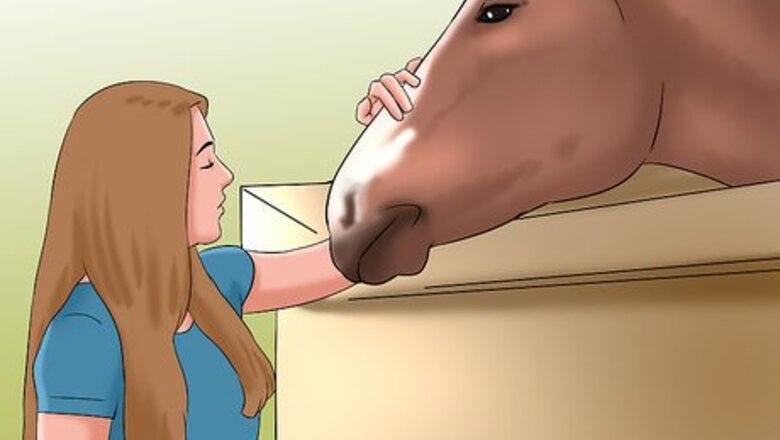
views
Getting Started
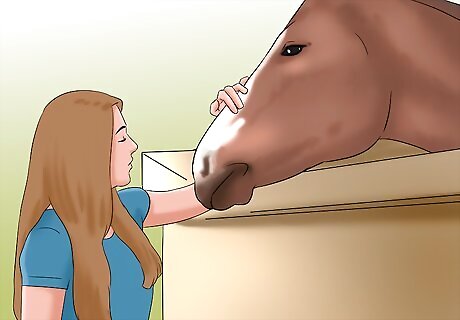
Spend time getting to know your horse. Find out what your horse seems to take interest in doing. Spend time without riding, just loving on and grooming, and walking with your horse.
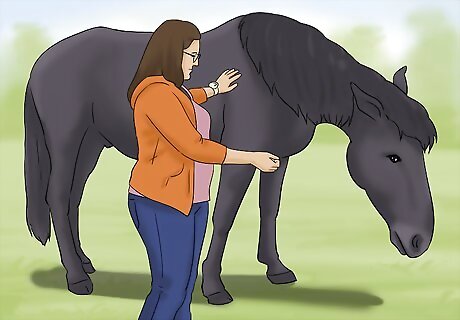
Turn your horse out into a large enclosed arena or pasture and watch his movements. Send good and happy messages to your horse. Try sitting on the ground a good distance from your horse and wait for him or her to come over to you.

Talk to your horse. In particular, talk in your "happy voice". Horses can sense human emotions and recognize how humans feel by viewing the body language. This is why it's so important to always angle yourself so as to avoid giving the impression of predatory behavior.
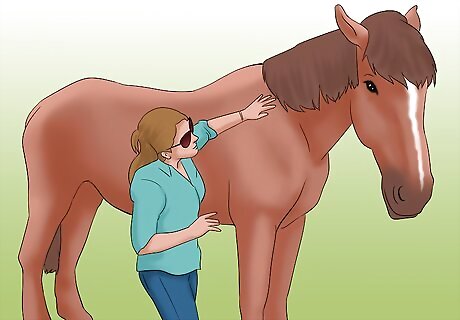
Understand when your horse wants space, and make sure your horse understands your boundaries.
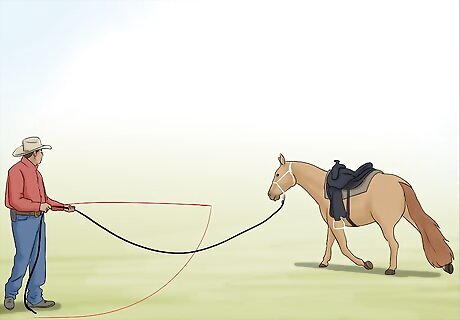
Make sure your horse is aware of the fact that you call the shots. This doesn't mean using a whip or yelling when your horse does something wrong. It means using a firm voice to say "no" and asking the horse to try again.
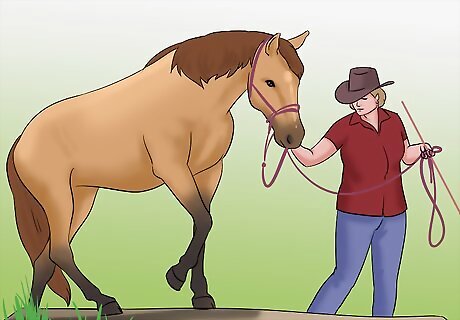
Teach basic commands. The horse needs to understand such commands as: Come here, stop, turn away, and focus. Most importantly, the horse needs to understand how to move his or her feet on command.
Beginning Work at Liberty
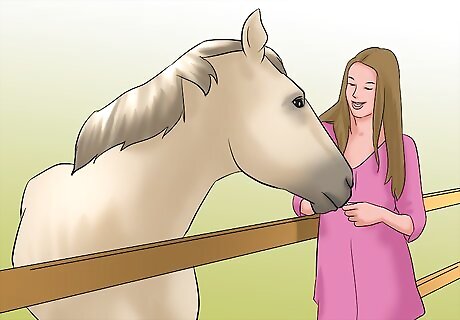
Don't jump straight into riding. Instead, interact in other fruitful ways. At all times, make sure your horse is comfortable before you try new things, as it can be very scary for the horse.
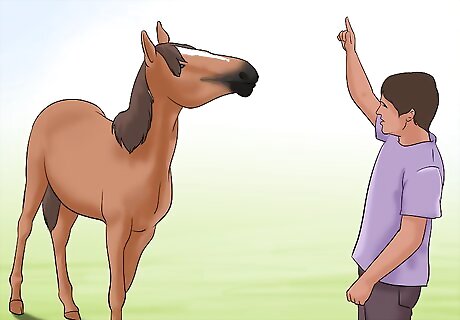
Try teaching the horse some easy tricks. This is fun for the horse and can be a nice mix of from the usual routine. Some fun tricks include: kiss, paw, bow, smile, etc. Always start with small tricks. Don't attempt harder tricks until you are positive that the horse can handle it and has absolute trust in you.
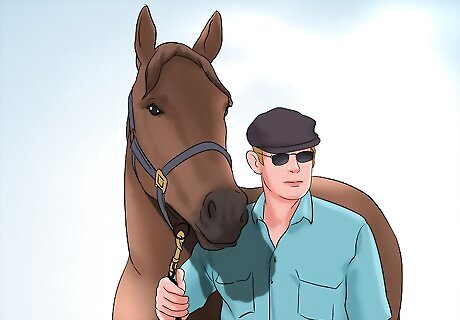
Work on leading your horse with a neck rope or a loose rope halter. Don't force the horse to walk but don't let the horse not do it. Bring treats as a reward, but don't make it so the horse is working for treats. This means using them sparingly, if at all.
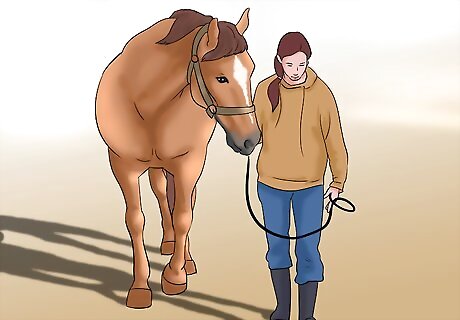
Once you have accomplished getting the horse to lead with you at your side, without you needing to pull or constantly ask, take off the rope and start working with him without the rope. It may take time to get to this point so just keep working and the horse will learn. Just work at a walk, so you are not throwing too many things at the horse at once.
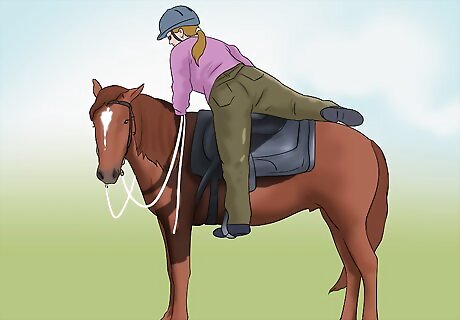
When you feel you are connected with your horse more, try riding again. Just do light riding and learn how to feel and move with your horse. Riding bareback is a physical connection for the rider and horse.
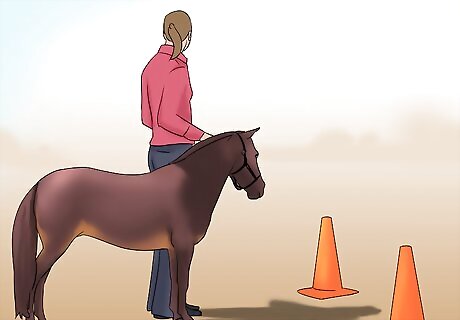
Try having the horse walk with you around cones and over poles. You could even try trotting and cantering with him. After you have been doing liberty with you horse for a year or more, it's likely that you'll both be comfortable playing tag and chasing each other around!
Achieving liberty
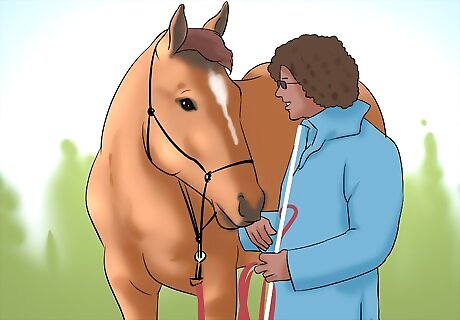
Notice the change over time. There is no certain point in which your horse is at liberty with you. Similar to many religions, this is a spiritual level. Your horse needs to be at one with you.
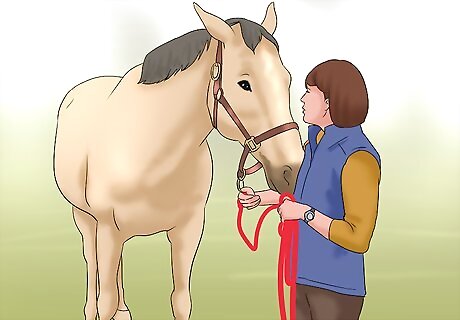
When you feel you are comfortable with where you are with your horse, stretch the boundaries, to achieve more. You can never be fully finished working with your horse. There are always new possibilities.
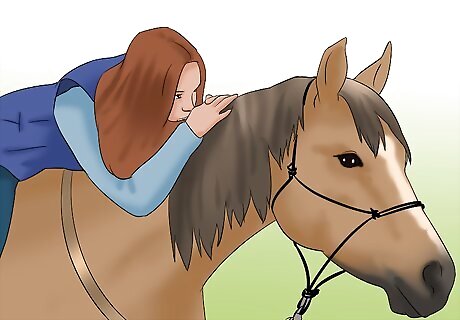
Continue striving to make a good bond. The whole goal here is to achieve a strong bond with your horse; the goal is not to worry what other people think about it. This is about growing a spiritual, physical, and mental connection with your horse. You need to understand that you won't ever be doing this the wrong way; it is your decision and there is no strict way to do it. Give the horse enough time outside their stalls. A horse is a herd animal and a herbivore and should have enough space to move so their digestive system can work properly. So that the joints in their legs, everything they need to feel comfortable, are supported. The more they move, the happier they are. Take care of your horse's stomach. Look for a good feed. Have your veterinarian look at the diet and assess if there might be a need for an ulcer treatment. Often they develop ulcers or pre-ulcer conditions because they are locked in a box and fed high-calorie feed. Spend time with the horse and get to know them. Communicate well with the trainer and let them know the daily, monthly, and weekly plans for your horse and riding.














Comments
0 comment